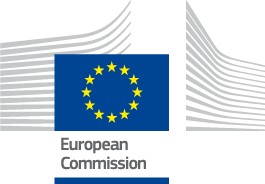

FLAG Factsheet
The FLAG area covers 34 municipalities (Hankasalmi, Joutsa, Jyväskylä, Jämsä, Kannonkoski, Karstula, Keuruu, Kinnula, Kivijärvi, Konnevesi, Kuhmoinen, Kyyjärvi, Laukaa, Luhanka, Multia, Muurame, Petäjävesi, Pihtipudas, Saarijärvi, Toivakka, Uurainen, Viitasaari, Äänekoski, Asikkala, Hartola, Hollola, Heinola, Kärkölä, Lahti, Orimattila, Padasjoki, Sysmä, Kouvola and Iitti) and 8 lakes (Päijänne, Keitele, Ylä-Keitele, Kolima, Kivijärvi, Ala-Keitele, Pyhäjärvi, Keurusselkä).
Fishing is an important and profitable activity in the FLAG area, especially along the main section of the Kymijoki River. Fish farming is also an important economic activity, with a strong tradition in the area. The existence of local centres of population (i.e. the cities of Lahti, Jyväskylä and Kouvola), as well as the proximity of the Helsinki metropolitan region, guarantees a consistent demand for fish products. A specialty of the area is signal crayfish, which represents an opportunity but also a challenge, as this is an invasive species.
Fish stocks in many of the local lakes are not fully exploited because of a decline in fishing activity.
There are four main challenges facing the fisheries sector in inland Finland:
Climate change and in particular warm summers raising water temperature which has increased fish mortality rates.
1450 m2
The FLAG area is known for its high-quality fish products, good production methods and efficient logistics. Cooperation between all the parties in the industry’s production chain – both between consulting and development organisations and between the owners of waterways and the authorities – is seamless. Profitability of the industry has improved due to new production methods, improved logistics and an increased focus on processing. There are also some profitable fishing tourism businesses active in the area, working in close cooperation with local communities, other tourism businesses and professional fishermen.
To build on this, the FLAG has three strategic priorities:
National and local.
Projects can be presented and selected on an ongoing basis.
Implementation of the local strategy requires extensive cooperation within the area. This cooperation centres around the parties active in the fishing industry: owners of waterways, research education organisations, business development agencies and enterprises active in the area.
Type of cooperation projects foreseen: